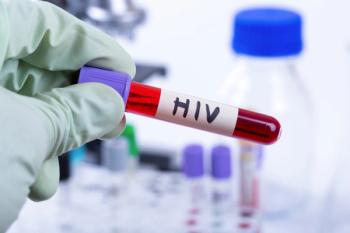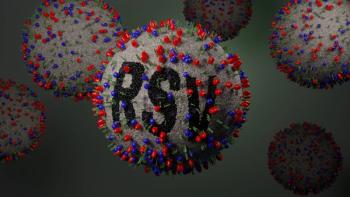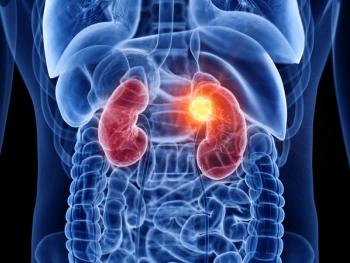
A discussion based on an FDA-cleared objective ADHD diagnostic test developed by Qbtech.

Joshua Fitch is the senior editor for Contemporary Pediatrics. He joined the brand in March of 2023 as an editor before being promoted to senior editor in January 2024. Fitch graduated from Youngstown State University in Youngstown, Ohio in 2020 with a degree in telecommunications and journalism. He started his career as a news and sports videographer before becoming an on-air sports anchor at the NBC-affiliated news station in Youngstown. Fitch briefly worked as a national content writer for a Chicago-based national television station before joining the Contemporary Pediatrics team. He can be reached at: jfitch@mjhlifesciences.com.

A discussion based on an FDA-cleared objective ADHD diagnostic test developed by Qbtech.

The rare genetic disease causes the body's immune system to not function properly.

A decision from the federal agency is expected in the fourth quarter of 2024.

With the approval comes the immediate availability of 5 mg, 7.5 mg, 10 mg, 12.5 mg, and 15 mg doses for patients between 2 to 5 years of age.

Get caught up with our journal! Review some of the top stories from the Contemporary Pediatrics website over the last week, and catch up on anything you may have missed.

Though concern exists about the associations of marijuana legalization and youth use, no links were found in a recent study.

Perry Roy, MD, explains how an FDA-cleared objective test can assist in an ADHD diagnosis.

This decision from the federal agency marks the first FDA approval of a systemic therapy to treat patients with pediatric LGG with BRAF rearrangements, including fusions.

The FDA has approved lutetium Lu 177 dotatate for pediatric patients with somatostatin receptor-positive gastroenteropancreatic neuroendocrine tumors.

The biosimilar to ustekinumab is approved for patients 6 years and up, and is expected to be marketed on or after February 21, 2025.

Get caught up with our journal! Review some of the top stories from the Contemporary Pediatrics website over the last week, and catch up on anything you may have missed.

A discussion of outpatient management and treatment of eating disorders in youth patients, plus the importance of a multidisciplinary team throughout the process.

The 5-in-1 vaccine candidate has the potential to reduce shots and simplify the immunization process.

“These findings suggest that primordial and primary interventions to prevent and reduce elevated childhood non–HDL-C levels may help prevent premature CVD," wrote the study authors.

The low-dose, coformulated regimen was well tolerated, and overall data supports its use in children with HIV aged 2 years and older weighing between 30.86 lbs (14 kg) and 55.11 lbs (25 kg).

The monoclonal antibody was approved by the FDA on July 17, 2023 and quickly saw high demand at the onset of the RSV season.

Get caught up with our journal! Review some of the top stories from the Contemporary Pediatrics website over the last week, and catch up on anything you may have missed.

Allison Scott, DNP, CPNP-PC, IBCLC, reviews the updated breastfeeding guidelines from the American Academy of Pediatrics.

Juanita Mora, MD, breaks down the FDA approval of benralizumab as an add-on maintenance therapy among patients with severe asthma aged 6 to 11 years.

April 10, 2024 is National Youth HIV & AIDS Awareness Day.

When deciding whether to keep their child home from school, 4% of parents contacted a health care provider for advice.

"Our findings provide evidence for a direct association between maternal smoking during pregnancy and wheeze occurrence," wrote the authors.

The treatment is approved for adolescents aged 12 years and older.

Get caught up with our journal! Review some of the top stories from the Contemporary Pediatrics website over the last week, and catch up on anything you may have missed.

Natasha Hoyte, MPH, CPNP-PC, explains how important PrEP and PEP in school health programs can be for youth, and the crucial role awareness plays.

Lauren Flagg, DNP, APRN, CPNP-AC, discusses severe refractory status asthmaticus based on a session presented at the NAPNAP National Conference.

Of the 600,238 bivalent vaccine doses administered by all providers in the study period, 35,114 (5.9%) were done so by FRPP partners.

The pediatric approval to treat CABP is 1 of 3 indications approved by the FDA.

The single-arm study has an estimated enrollment of 93 participants, made up of females aged 2 to 8 years and males aged 2 to 9 years with CPP.

The phase 3 portion of the AMPLITUDE trial will include adolescents aged 10 to 17 years.